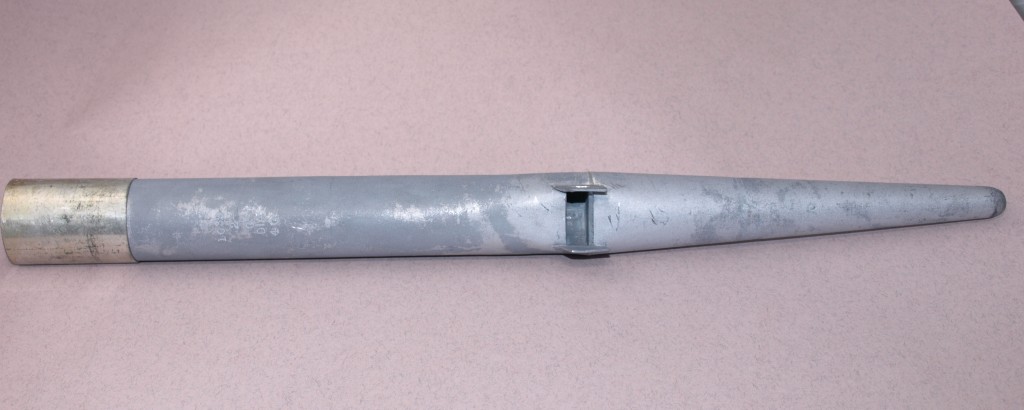From the Greek, ‘through all’, the Diapason is the main chorus flue stop of the classical organ, and is found in almost all theatre organs as well.
Construction:
Open, metal*. Larger scale examples (eg Diaphonic Diapason) may have a leathered upper lip, and narrower scale examples (eg Horn Diapason) may have a bridge.
Tonality:
Broad, warm sound midway between flute and string. May voiced as a powerful, dull stop (esp. Diaphonic Diapason) or more lightly with more overtones (esp. Horn Diapason, Violin Diapason).


|
STOP NAMES |
|
|
Diaphonic Diapason |
Diaphonic Diapason with the 16′ extension of diaphonic pipes. Usually a heavy, large-scale stop with leathered upper lips. |
|
Open Diapason |
Standard name for stop – confusingly, may also have a diaphonic 16′ octave. Generally, less heavily voiced/of narrower scale than the Diaphonic Diapason. |
|
Horn Diapason |
Smaller scale stop, often but not exclusively used by Wurlitzer as a second Diapason on larger organs when the 16′ octave will be diaphonic (metal) and labelled ‘Bass’ on the stopkeys. May also be termed Violin Diapason. Usually with a tuning slot and, in some cases, roller across the mouth. |
|
Dulciana |
A very quiet member of the Diapason family (often, incorrectly, considered a string stop). May be partnered with a celeste, Unda Maris in Wurlitzer nomenclature. |
|
Octave |
4′ Diapason stop. Horn Diapason 4′ may be labelled Octave Horn on Wurlitzers. |
|
Fifteenth |
2′ Diapason stop. On many theatre organs is derived from a string rank rather than the Diapason itself, in order to give a more balanced ensemble. |
| * The Stopped Diapason, usually wooden, is closer to the flute family in tonality and rarely appears on the theatre organ. | |
